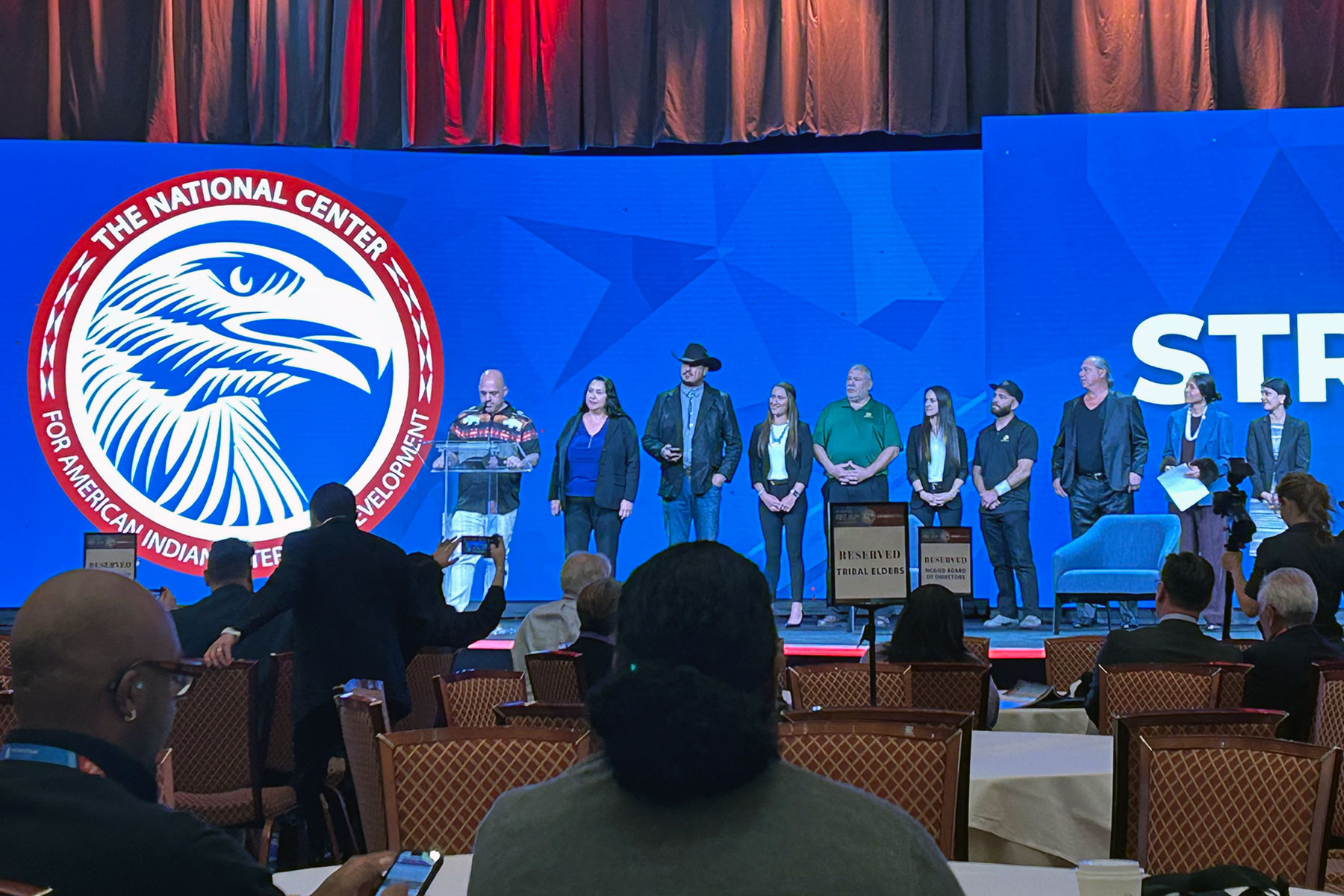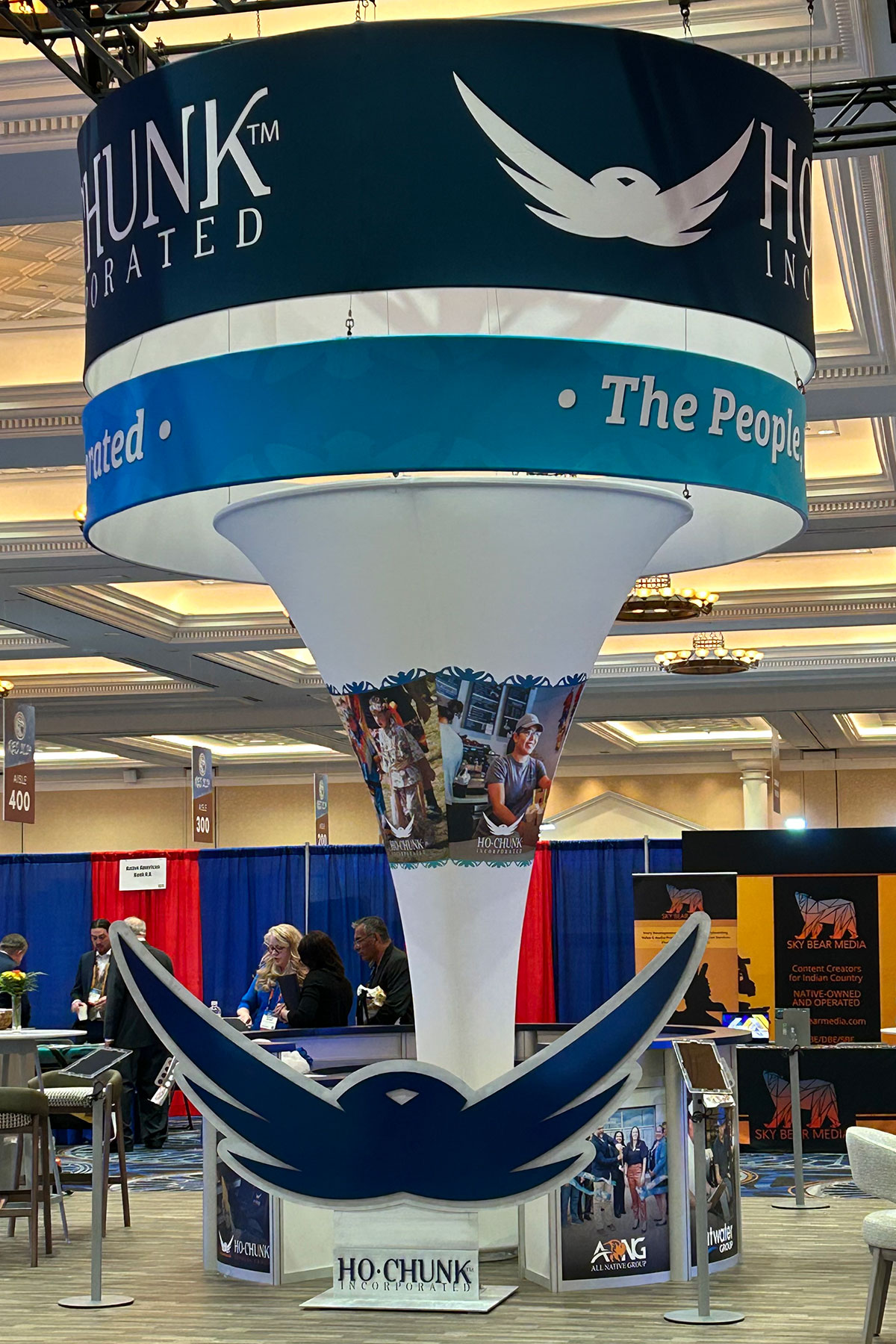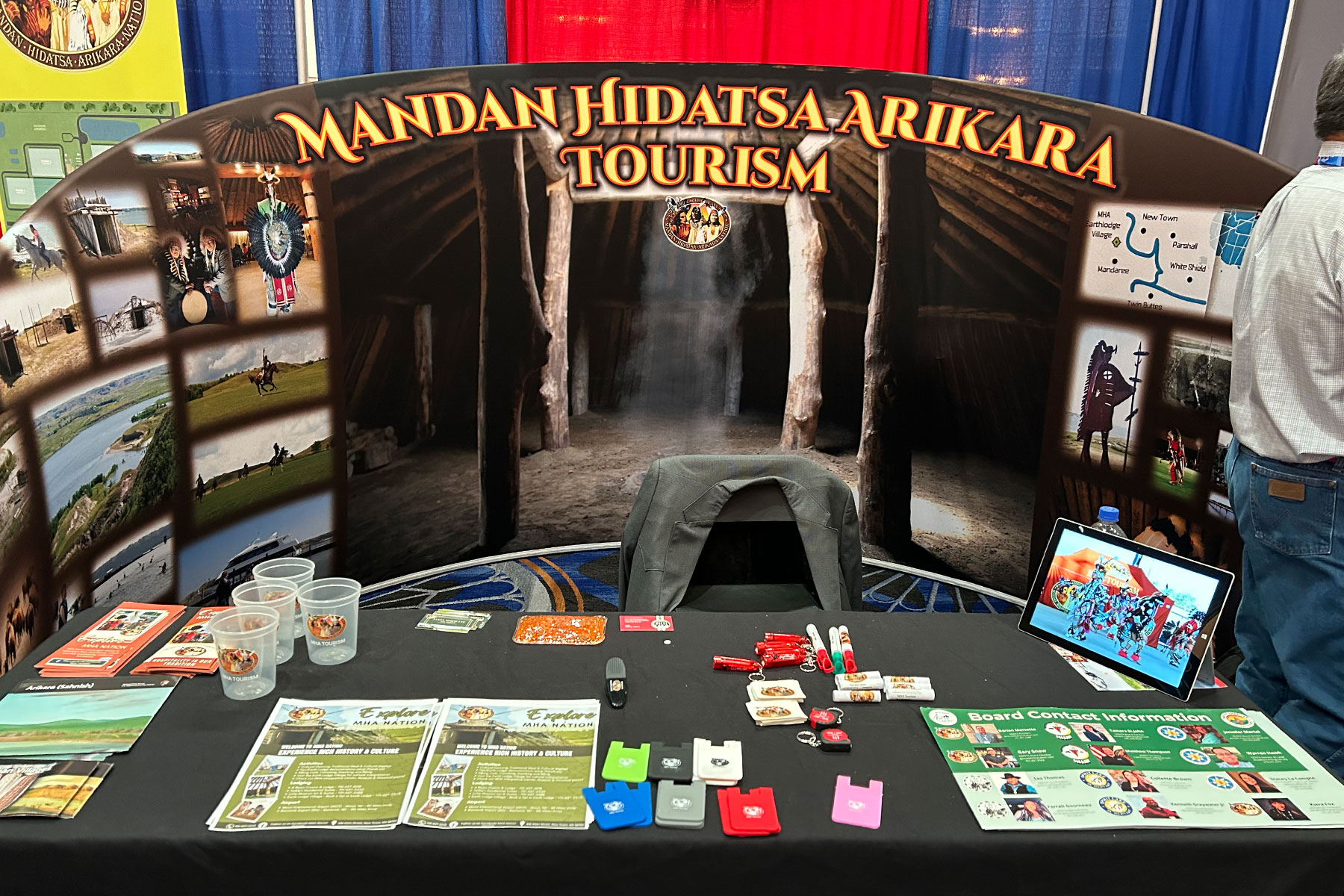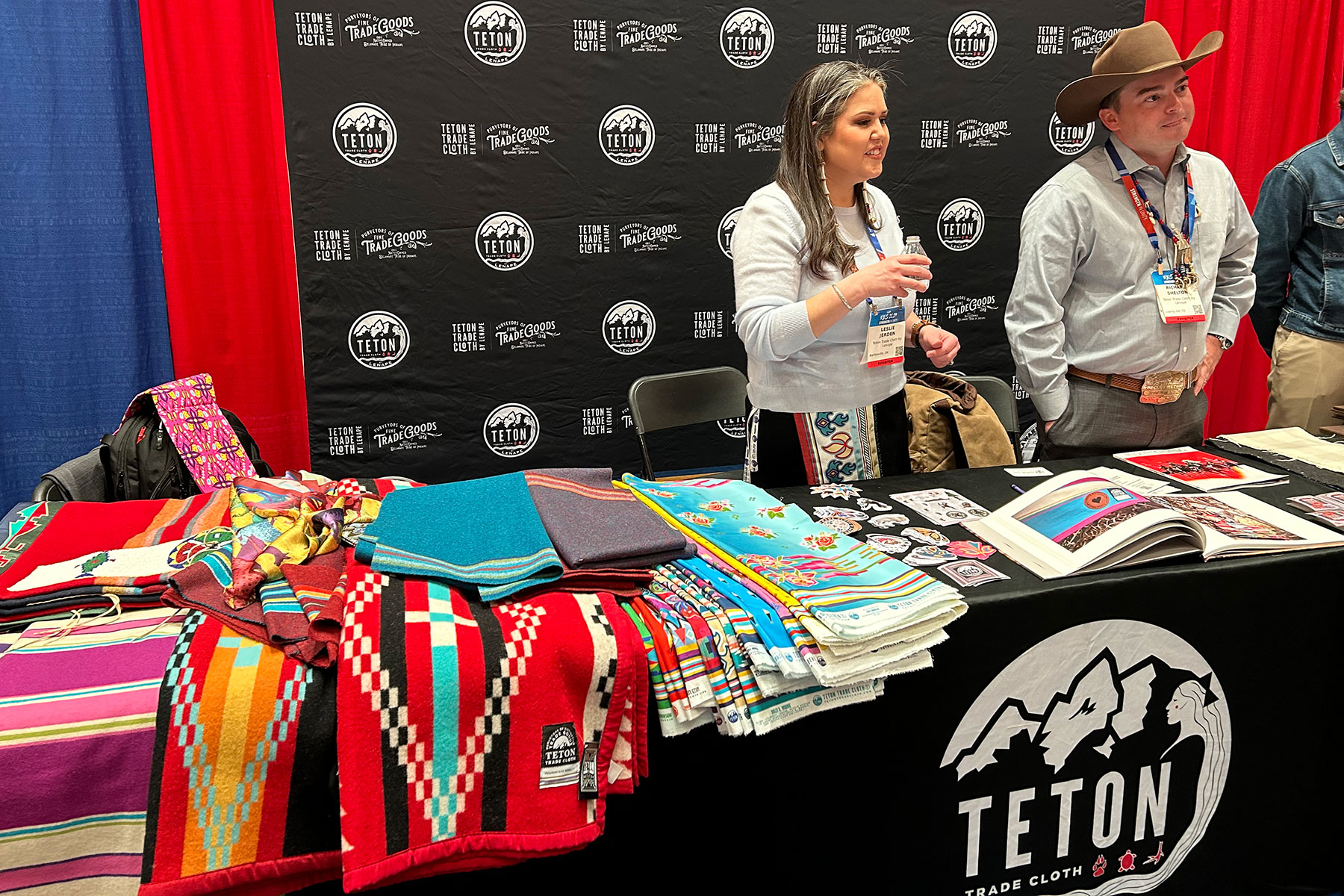TREASURER’S REPORT
The State of Colorado and many parts of neighboring states have been the ancestral homelands of the Ute people since time immemorial. Our history talks about our nomadic roots and our ability to navigate the Rocky Mountains and the many rivers making up the Colorado and others. We have historical sites and culturally relevant camp sites from the Uintah Basin all the way over to Comanche country. We are a proud people who were separated into three tribes and placed on static real-estate in the hopes of making us farmers and homesteaders.
As Utes, we’ve always kept our pride and our language. We keep believing in our social and cultural practices even from remote locations separated from our other bands. We have been resilient over the years and have become stronger as time passes. As sovereign nations, the Ute tribes have an equal amount of presence as does the State of Colorado. It is only through cooperation and collaboration that we can work together to effectively benefit everyone. With this respect in mind and with the influence of the many contributions created by the Ute tribes, the State of Colorado read a proclamation on Friday, March 15, dedicating that day as Ute Day.
The Southern Ute Veterans opened up the ceremonies within the state capitol on that early Friday morning. The Yellow Jacket Drum Group sang the opening song, Southern Ute flag song, and the retirement song for the colors. Chairman Manuel Heart provided the invocation. Both Chairman Baker and Chairman Heart gave impactful speeches about the Ute people, our creation story, our presence in the state of Colorado, and our forever future going forward. Vice-Chairman Chris Tabee also spoke about the Ute tribe and our powerful unity as one Tribal nation. The royalty from the tribes came forward and provided encouraging words of welcome and a refreshing perspective of youth. Lieutenant Governor Primavera provided great words to address the Tribes and the tribal members and spectators present. It was a memorable morning. For me, the highlight of the event was watching both Chairman Baker and Chairman Heart speak on the House floor in the capitol building. This is a room that was bustling with chatter and noise as floor business was being conducted. When it came time for the Chairmen to speak, everyone became silent, and the entire chamber was filled with reverence and respect as the words of the Ute Nation was humbly distributed among all those on the floor and in the gallery. It was truly a sight to behold. The energy of the event carried over to the Denver March Powwow which began later that afternoon. Our Southern Ute Royalty shifted gears and were ready to represent in Grand Entry and during the powwow.
Reservation Economic Summit
The reason I am providing both Ute Day and Reservation Economic Summit (RES) into one report is because they were done linearly within the same week. I have both events fresh in my head as I type away like a mad man trying to make the submission deadline of the Southern Ute Drum today. While Ute Day was done toward the end of the week in Denver, the Reservation Economic Summit was done earlier in the same week. The purpose of this gathering is to update all the Native American tribes on economic and financial practices, laws, grants & loans, and opportunities that have become available. It is a time to network with other tribal nations about what they are doing and how it can benefit us as Southern Utes.
Economic development is big in Indian Country and many tribes are looking to utilize various revenue streams to diversify the opportunities for both their tribal government, entities, and within their tribal citizen businesses. Many tribes have established Economic Development Corporations. These are like our Growth Fund arm of the Southern Ute Tribe. These corporations have their own management groups and make decisions like how our GFMC works within the Growth Fund. The speed of business mandates this type of structure, and it appears that many tribal nations have embraced the E.D.C. model and are bringing forth many ventures within their own tribes.
My favorite part of this conference are the champion entrepreneurs that are celebrated and chose to speak at the break-out sessions about their businesses. These are usually small businesses created by Native American individuals who have successfully leveraged minimizing costs while maximizing revenue to generate respectable E.B.I.T.D.A. and net profits. They serve as inspiration to other businesses and tribes.
Bidii Baby Foods was one of these presenters this year. This is a husband-and-wife company that farms harvests ingredients to compile baby food packets. These packets are culturally sensitive to native farming practices and packaged for distribution and sale. The impressive part of the company is that they utilize a hybrid system of retained earnings and grant funding at a personal level that helps them elevate their capital purchases each year, while still utilizing their own money to invest in the business with no debt and not having to sell equity. They are located right here in the Four Corners. Visit them online at www.bidiibabyfoods.org.
In terms of textiles, clothing, and promoting the Native brand, I have been following Eighth Generation for years. They are known for their Native blankets but have been expanding into other lines for some time. They are owned by a Native American tribe and their claim to fame is that they are “Inspired Natives, not Native Inspired” like another blanket company that simply uses native patterns to sell without giving back. Eighth Generation celebrates the Native Artists that submit their designs to be made into blankets and then include the biography of those artists openly to promote culture and respect to the tribe. Talking to Colleen Echohawk, Cassius, and Lacee, they are looking for Southern Ute artists who may want to talk about submissions for future consideration. Please look at their history, products, and reach out to them at eighthgeneration.com.
I was also glad to hear that they were talking to Leslie Jorden and the folks over at Teton Trading Cloth. This is another Native American company that is doing things right by involving Native artists in their design of fabric and cloth. Each bolt of fabric has the artist’s name on it and is done very respectfully. Please look at their website too, tetontradecloth.com.
There are so many other opportunities that were discussed at RES 2024, and I will be working over the next few months to decompress these to see if they are options that the Tribe might want to consider or not. I want to leave you with one last message that I heard a few times in which multiple tribal nations were banding together to create Travel Tourism Alliances. This has been somewhat impactful in the upper California area with the Yurok Tribe and in the Dakotas with the Sioux tribes. I still have questions myself, but for us, this concept might look like us banding with Ute Mountain, some of the Pueblo tribes, and Navajo Nation to create a scenic loop in which we could have multiple stops through tourism companies such as Destination America to provide tour buses, company retreats, and consumer experiences. The key to success is the collaboration of the tribes to create unique packages that will attract the most traffic, repeat business, and word-of-mouth advertising. Given the number of visitors that places like Chaco Canyon, Mesa Verde, and Monument Valley bring in, this could be a great economic driver for the Tribe and the community. I’m very interested in future talks about this one, as well. More to come.








